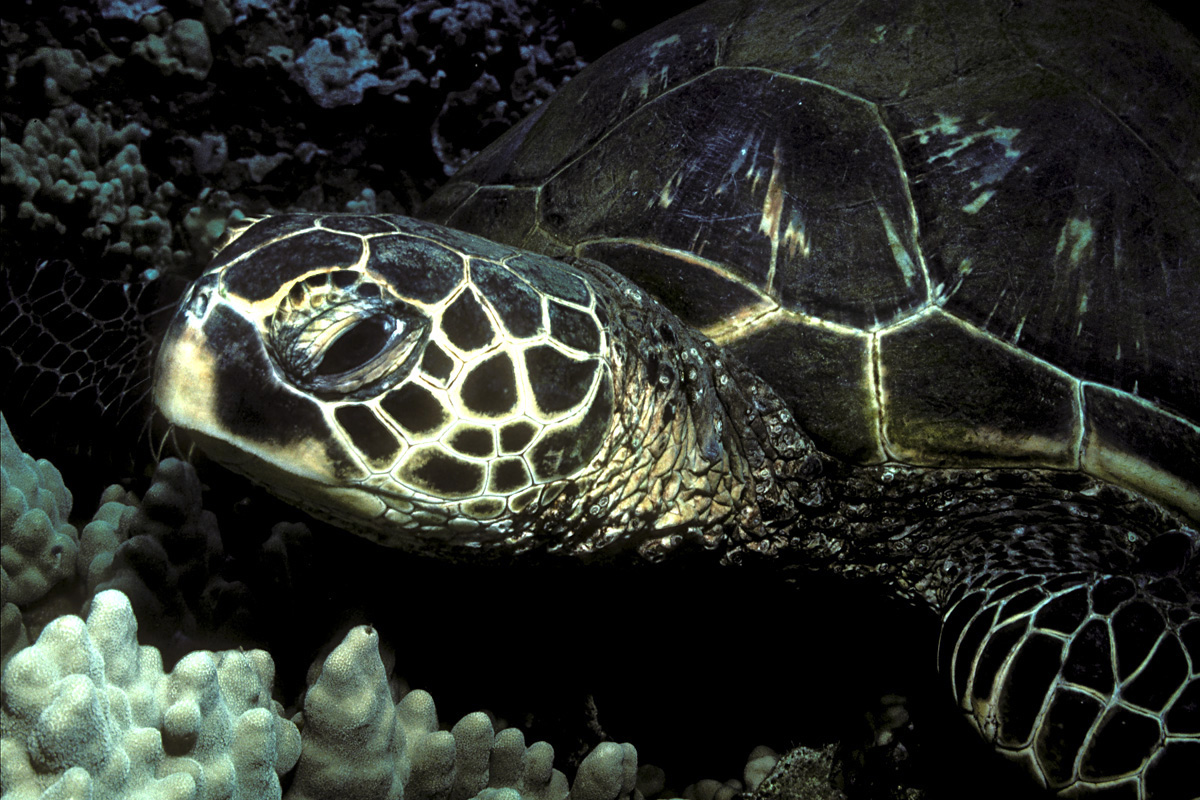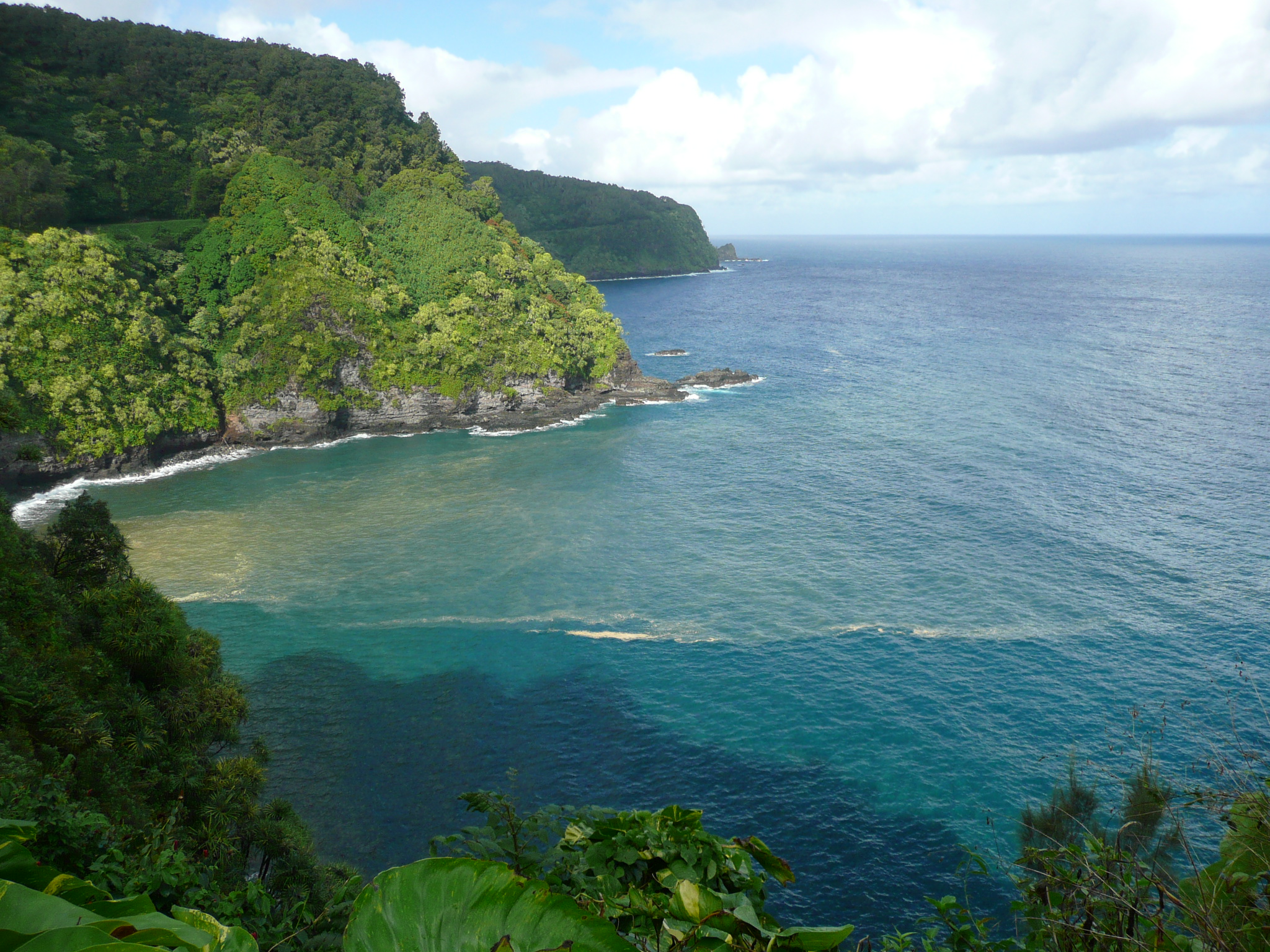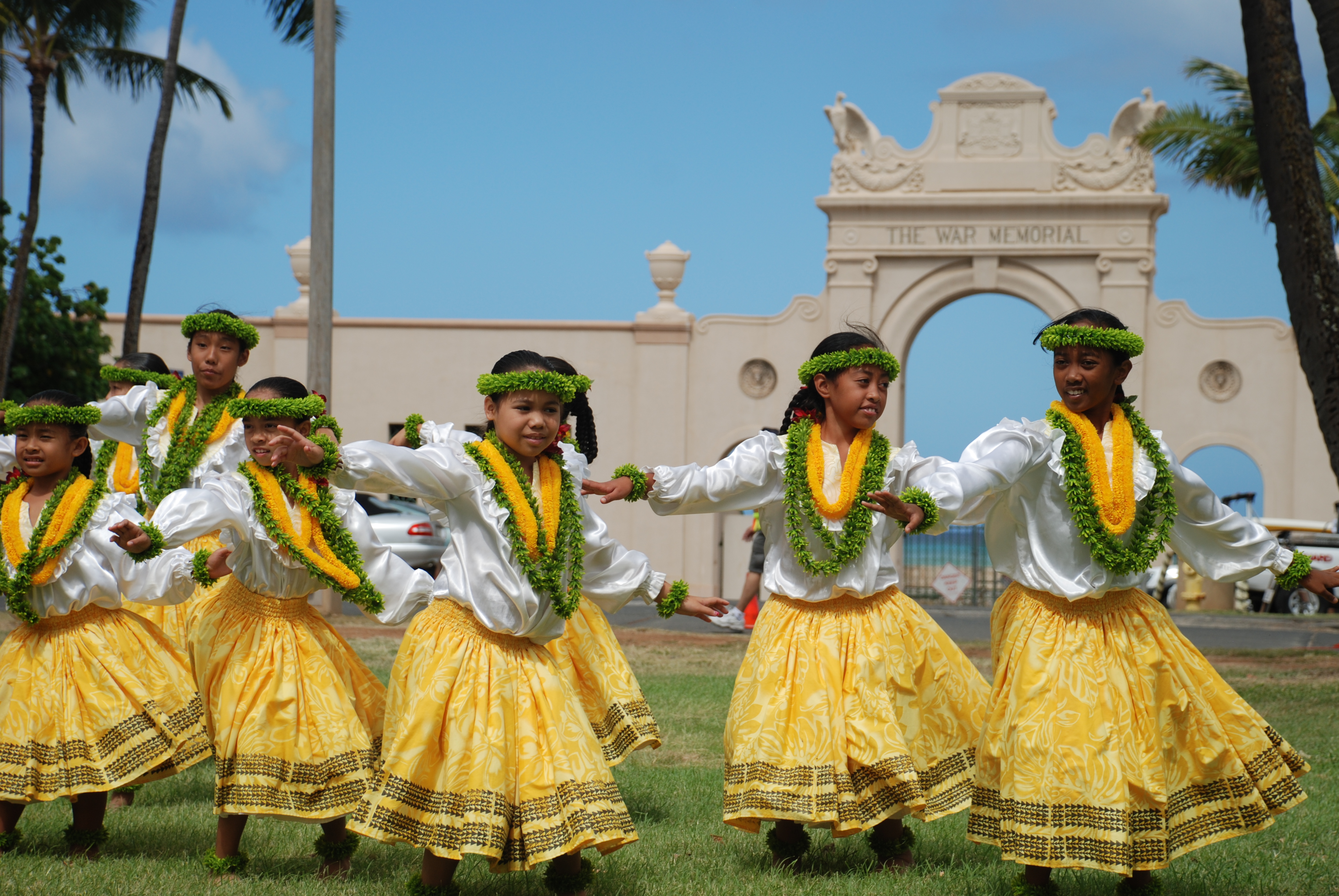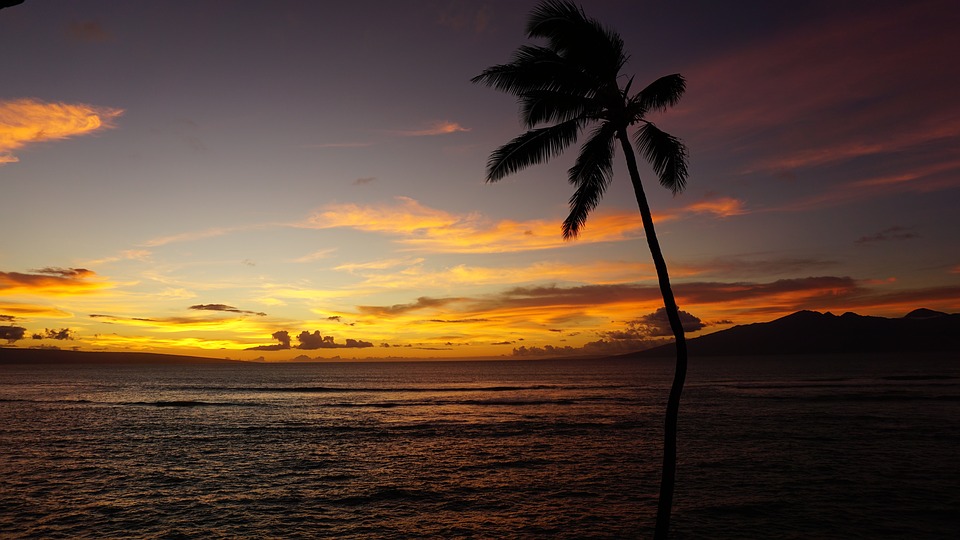Spring forward, fall back doesn’t apply because we don’t have daylight savings time in Hawaii
The motto, “spring forward, fall back” in reference to Daylight Savings Time in Hawaii (DST) doesn’t apply to the islands. Daylight Savings Time doesn’t apply to the islands. We don’t lose or gain an hour on the fall and spring equinoxes. When people ask “what’s the time difference in Hawaii,” I’ll respond with “at what point in the year?” Hawaii is 3 hours behind the West Coast from the spring equinox to the fall equinox and is 2 hours behind the West Coast after the fall equinox. If the mainland gains an hour, it widens the time difference between the islands (like on the spring equinox.)
When trying to explain the time difference to my Nevadan boyfriend, it confused him. He couldn’t understand that the time difference changed throughout the year, “Daylight Savings Time doesn’t change the time difference!” He didn’t know that the islands aren’t affected by DST. That was the missing piece of information – and it is for most people.

Even the honus (turtles) don’t like daylight savings time.
Green SeaTurtle – Maui, Hawaiian Islands by LASZLO ILYES is licensed under CC BY 2.0. Image may have been resized or cropped from original
What’s island life like? Why no daylight savings time in Hawaii?
The purpose of DST is to re-capture our lost daylight hours. For example, on the fall equinox, we adjust our clocks to go back an hour, regaining an hour of our time essentially. It re-adjusts our days to get more done and have more “hours in the day” regardless of the amount of natural light outside. In the spring, we “spring forward” and set the clocks forward an hour because the spring days now offer more light. There is a dramatic difference in the available natural light between the winter and summer months. In the winter, it’s dark by 5pm. In the summer, it’s not dark until 9pm. The difference is relatively wide compared to the islands.
In the islands, it’s dark by 6pm in the winter and 8pm in the summer. It’s not a big difference. That’s why we don’t need Daylight Savings Time. We don’t need to adjust our clocks to match the natural light – it’s unnecessary. The purpose of daylight savings time is to adjust our man-made measurement of time to match nature’s clock so we can have more time in our days. In the islands, nature’s clock aligns with our clocks so there’s no need to adjust our clock.

Daylight in Hawaii is abundant.
road to hana by Flavio Ensiki is licensed under CC BY 2.0. Image may have been resized or cropped from original
What’s island life like without daylight savings time in Hawaii? More daylight = more time
The “excessive” amount of daylight during the winter months gives us more time to do things. We can go hiking later in the evening, go to the beach, run errands, etc. We have more time while the sun is out. Although the “time” isn’t reduced with less daylight time, (because you can still do fun things at night,) people tend to be more productive during daylight hours. Henceforth, a higher volume of daylight hours makes for a higher volume of productivity.
The idea of having more “time” throughout the year is convenient. It contributes to a bigger idea of having more time in life. If you have more time each year to do things, that extra productivity accumulates over the years and for the rest of your life in general. Henceforth, islanders have more time in life to enjoy doing things.

More time to do the things we love.
hula 11 by Waikiki Natatorium is licensed under CC BY 2.0. Image may have been resized or cropped from original


